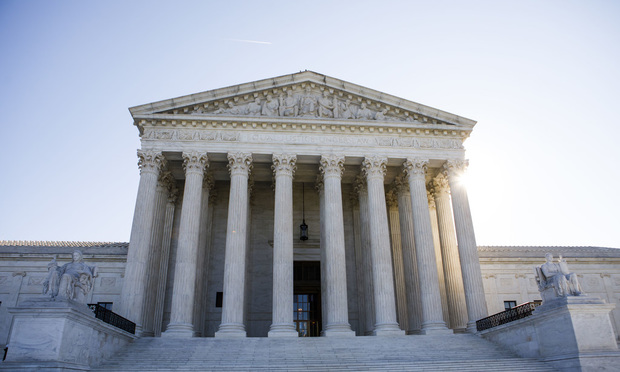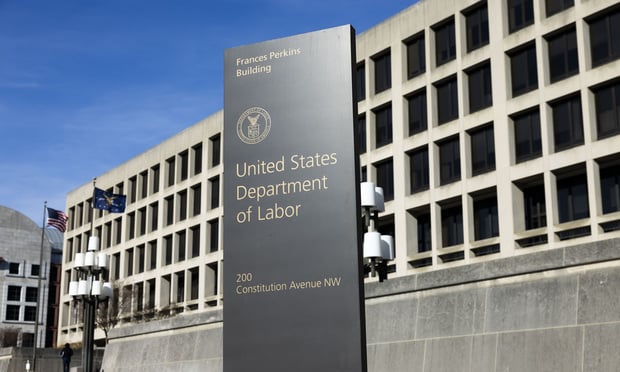The benefits world isn't getting any simpler. Amid a struggling economy and what appears to be an unrelenting upward trend in both federal and state oversight, the modern benefits broker has to be a chameleon who can morph from insurance expert to risk analyst to financial advisor to lawyer to social worker to tax consultant to human resources expert…to name a few.
And as if that weren't enough, brokers are also expected to complement their traditional service offerings with “value-adds” in order to remain competitive. Fortunately, with the added complexity comes a greater need for expert guidance and supplementary services that clients may not have required in the past. COBRA administration, now more than ever, is one example of a service with which brokers can bring greater value to the table and fulfill a growing client need.
Thanks to President Obama's 2009 economic stimulus package, which introduced the so-called “COBRA subsidy,” brokers and benefits professionals now have an even stronger case to recommend a professional to help their clients sort through the ins and outs of COBRA administration. A background in the political process that created the subsidy, and an understanding of its implications, will help you provide your clients with some sense of context when it comes to COBRA. This, in turn, will allow you to help your clients make the best decision for their business while effectively positioning yourself as a trusted advisor.
The eligibility window for the COBRA ARRA subsidy closed on May 31 and it doesn't look like we'll see another extension.
Does it still matter?
The subsidy was introduced as one of the many tentacles of the American Recovery and Reinvestment Act of 2009 with the goal of providing temporary relief to people affected by the economic downtown. This included, among other things, a government subsidy for COBRA premiums. Under ARRA, anyone “involuntarily terminated” between Sept. 1, 2008, and Dec. 31, 2009, (with a few exceptions) could have Uncle Sam foot the bill for 65 percent of COBRA premiums for up to nine months.
If the long-term impact of ARRA on the American economy is questionable, the long-term cost is not. A brand new administration designed the stimulus bill by and a sympathetic legislature approved it in an effort to jump-start a listless economy and, as such, it was considered justifiable and politically functional deficit spending at the time.
But what many people failed to realize was this “spending” actually amounts to roughly $92,136 taxpayers must cover for each job created. So far, the data show fewer jobs have been created for more money per job (close to $120,000 per job created) than initially anticipated. The failure of ARRA to sufficiently address the rising rate of unemployment meant the COBRA subsidy, while well-intentioned (and certainly a lifeline to many struggling families), actually worked to reduce the incentive for unemployed individuals to find work.
Hidden burdens
Another unintended consequence of the COBRA subsidy was the tremendous burden placed on employers, who would now be expected to administer benefits for individuals who would have otherwise been covered under state Medicaid plans or other government-sponsored welfare programs designed to help the uninsured. Following the enactment of ARRA, employers were faced with a multitude of costs associated with keeping in compliance with the new COBRA requirements.
But these costs were nothing compared to the cash flow strain that ARRA placed on the employer. That's because under the new legislation, employers with fully-insured plans have to pre-pay, or “front,” each COBRA participant's subsidy by paying carriers when billed and then waiting to realize a payroll tax credit each quarter. The more employees laid off by an employer, the higher the dollar amount that the employer has to pre-fund. Since about one-third of eligible COBRA participants (referred to as “Assistance Eligible Individuals” or “AEIs”) ultimately elected to take the new subsidy, many cash flow-sensitive employers have had no choice but to either reduce benefits or go bankrupt.
Ripples resonating
As of right now, the last eligible AEI will get his final taxpayer-subsidized month of COBRA in August 2011 (15 months after the May 31, 2010, end date). Will eligibility be extended yet again? My money is on “no,” but I'm not betting the house. Since it was enacted, the COBRA ARRA subsidy has been expanded in some form or another a total of three times: first, by extending the length of time one could stay on the subsidy (from nine to 15 months), then, by extending the eligibility window to qualify for the subsidy (to May 31, 2010), and finally, by extending the subsidy to people who lost group health coverage due to a reduction in work hours before they were involuntarily terminated.
Shaky politics
We should also remember, however, that we are operating in a very different political landscape than we were when the COBRA subsidy was first introduced. After using every last cent of perceived political capital to push through PPACA (the health care reform bill), many members of Congress may be unwilling to add billions more to the deficit during what has now become a shaky election year. Forget about job security for the rest of us Americans–at this juncture, many members of Congress are more concerned about their own. U.S. Congressman Dennis Cardoza, D-Calif., for instance, voted in favor of the most recent COBRA subsidy extension.
But, when questioned by the Associated Press about the viability of another extension, he raised concerns about the arbitrary nature of the subsidy, pointing out that it doesn't help self-employed people facing the same economic struggles. While this might be true, it apparently didn't pose a problem for Cardoza before health care reform was rammed through Congress. As one might guess, Cardoza is up for reelection in November.
It's got layers
Aside from a lesson in the peculiarities of the American legislative process, how has a year's worth of politically-charged COBRA legislation affected the regulatory environment for employers? In short: it has grown more teeth — sharp, crooked teeth. The chances of getting bitten are still relatively low, but higher than they were in the pre-ARRA world, and if you do get bitten, you're going to bleed. The skittishness of Congress when it comes to the passage of extensions to the subsidy has resulted in a series of laws that are intended to lay flush on top of each other, but in reality, don't fit quite right.
This is mostly the result of delays of these extensions. The first extension to the COBRA subsidy, for instance, was finally signed into law toward the end of December 2009, after the initial subsidy period ended for most.
The most recent extension, the Continuing Extension Act of 2010, came after the eligibility period for the previous extension had ended. In both cases, employers were required to send retroactive notices to certain populations of former employees and their dependents. The evidentiary standard for proving that each of these new notices was sent is, of course, the same standard applied to any other important COBRA letter. On top of that mess, employers also had to plan for and administer three new COBRA second-election periods. And because that wasn't confusing enough, each election period had different requirements and used different terminology.
A few new layers of penalties and fines were thrown in for good measure: employers can now be sued by both COBRA participants and certain government entities, and there is a new $110/day penalty for employers that do not comply with Department of Labor determinations. This begs notice of the risk that the DOL will rule one way, forcing an employer to offer a COBRA subsidy to a former employee, and the IRS will rule another, determining that said employee should not have received a subsidy to begin with and refusing to grant the tax credit reimbursement.
Of course, diligent employers can take the time to deconstruct the various laws, guidance, and supporting regulations in order to build a cohesive narrative that can translate into actionable standard operating procedures within their respective human resources departments. They can devote time and resources toward creating, sending, tracking, and processing the notifications required under these new rules. They can also appoint people to hold the hands of confused participants, deal with disputes, and collect and track each month's COBRA premiums.
Hire a partner
Another option that is easier to justify than ever is for an employer to hire a partner to help them handle the burden of administration, including the back-office heavy lifting and the interesting compliance scenarios that inevitably present themselves. As a trusted advisor and advocate for your clients, you are in a unique position to walk them through the various options, conduct a cost-benefit analysis, and ultimately help them survive in this brave new world of compliance gone crazy.
More COBRA subsidy coverage from BenefitsPro
© 2025 ALM Global, LLC, All Rights Reserved. Request academic re-use from www.copyright.com. All other uses, submit a request to [email protected]. For more information visit Asset & Logo Licensing.







